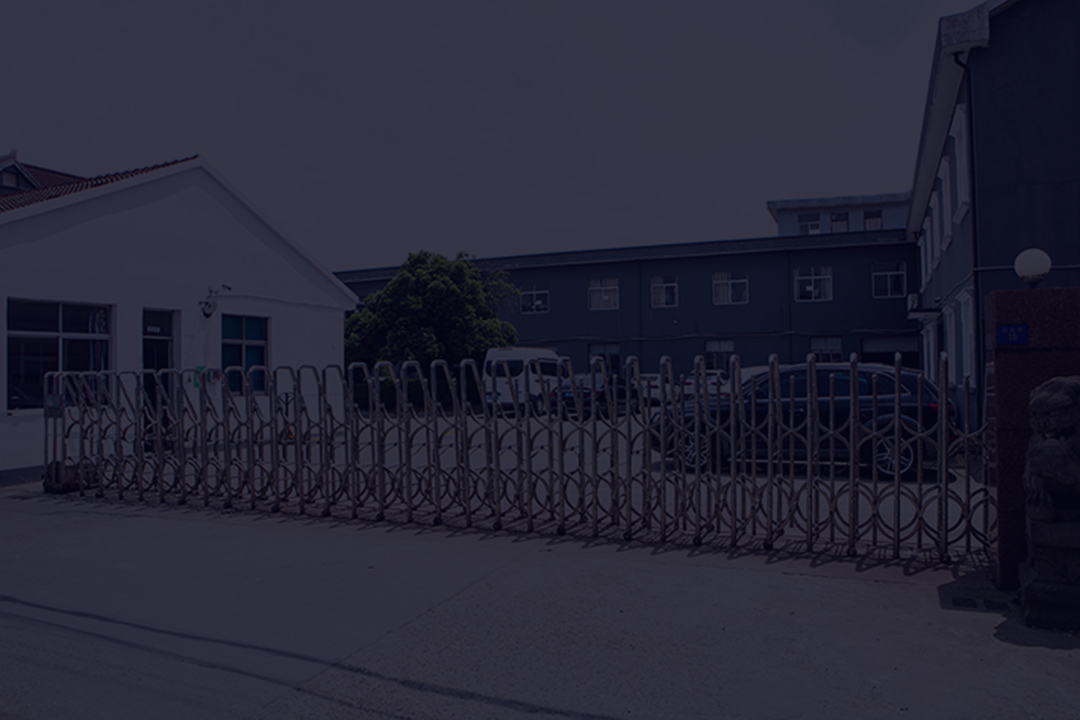

The core reasons for using ultrasonic welding machines in automotive instrument panels
Automotive instrument panels, as key components that integrate functionality, decoration, and precision, have stringent requirements for the connection process during manufacturing. Ultrasonic welding machines have become the preferred choice due to their adaptation to five major core needs:
1. Accurate connection of multiple materials
Automotive instrument panels integrate various heterogeneous materials such as ABS/PC alloy shells, PMMA optical light guides, TPE sealing strips, etc.:
- Molecular-level fusion: Ultrasonic welding achieves molecular-level connections between different materials (such as hard plastic and flexible rubber) through high-frequency vibrations of 15 - 40kHz, generating heat at the contact surface and melting them together. The welding strength can reach over 20MPa, far exceeding the reliability of snap connections (which are prone to loosening) or adhesive bonds (which are prone to aging).
- Adaptation to complex structures: For intricate structures on the instrument panel, such as fine light guide grooves and sealing cavities, ultrasonic welding can precisely control energy output (amplitude ±0.01mm), avoiding damage to the physical properties of optical components (such as PMMA light guides) and ensuring display clarity and sealing integrity.
2. High-precision assembly assurance
Instrument panels must meet assembly gaps of 0.1 - 0.2mm (such as the fit between the display screen and the front cover, or between function keys and the panel), otherwise issues such as light leakage, dust ingress, and abnormal noises may arise:
- Micrometer-level precision control: Ultrasonic welding machines equipped with servo pressure systems and displacement sensors achieve a pressure control accuracy of ±0.05MPa and a displacement accuracy of ±0.05mm, ensuring uniform gaps between the display module and the shell, reducing the light leakage rate from the traditional process's 3% to 0.1%.
- Stress-free deformation: The welding process does not require screw tightening (to avoid stress concentration) or glue curing (to avoid thermal deformation), ensuring structural stability of the instrument panel over the long term and preventing delamination or deformation even in extreme environments ranging from -40℃ to 85℃.
3. Efficient mass production adaptability
The monthly production volume of instrument panels for a single model in the automotive industry can reach tens of thousands of units. Ultrasonic welding machines have an efficient cycle time of 15 - 30 seconds per unit (including loading and unloading), suitable for assembly line production:
- Fast cycle time: Compared to traditional processes (such as waiting for glue to cure, which takes 5 - 10 minutes), ultrasonic welding can achieve "welding while forming," and combined with automated production lines, it can significantly compress the production cycle, meeting the mass production demands of car manufacturers.
- Automation compatibility: Supports integration with robotic arms and CCD vision systems, achieving full automation of the entire process from automatic loading, positioning, welding, to unloading, reducing the defect rate caused by human intervention (such as uneven manual gluing).
4. Clean production and environmental requirements
The automotive interior strictly controls VOC (volatile organic compounds) emissions:
- No chemical pollution: Ultrasonic welding does not require glue or solvents, eliminating chemical residues and volatiles, ensuring air quality safety inside the vehicle; the welding process also produces no smoke or debris, complying with the clean production requirements of "zero pollution" in automotive manufacturing.
- High material utilization rate: Compared to screw connections (which require additional accessories), ultrasonic welding directly uses the melted material of the workpiece itself for connection, reducing material consumption and helping car manufacturers achieve cost reduction and environmental protection goals.
5. Quality consistency control
The automotive industry has extremely high requirements for the quality consistency of components:
- Traceable process: Ultrasonic welding machines are equipped with intelligent control systems that can real-time record welding parameters such as pressure, time, amplitude, supporting the traceability and analysis of production data, facilitating precise control of the welding quality of each instrument panel by car manufacturers.
- Low defect rate: Through optimization of servo systems and process algorithms, the defect rate of welding can be controlled within 0.5% (traditional processes often exceed 3% - 5%), ensuring the yield and consistency during vehicle assembly and reducing after-sales maintenance costs.
In summary, ultrasonic welding machines, with their comprehensive advantages of adapting to multiple materials, high-precision assurance, efficient mass production, cleanliness and environmental protection, and quality control, accurately match the manufacturing needs of automotive instrument panels. They have become the core process equipment for precision connections in modern automotive interiors, driving the industry towards "high-quality, intelligent, green" manufacturing upgrades.